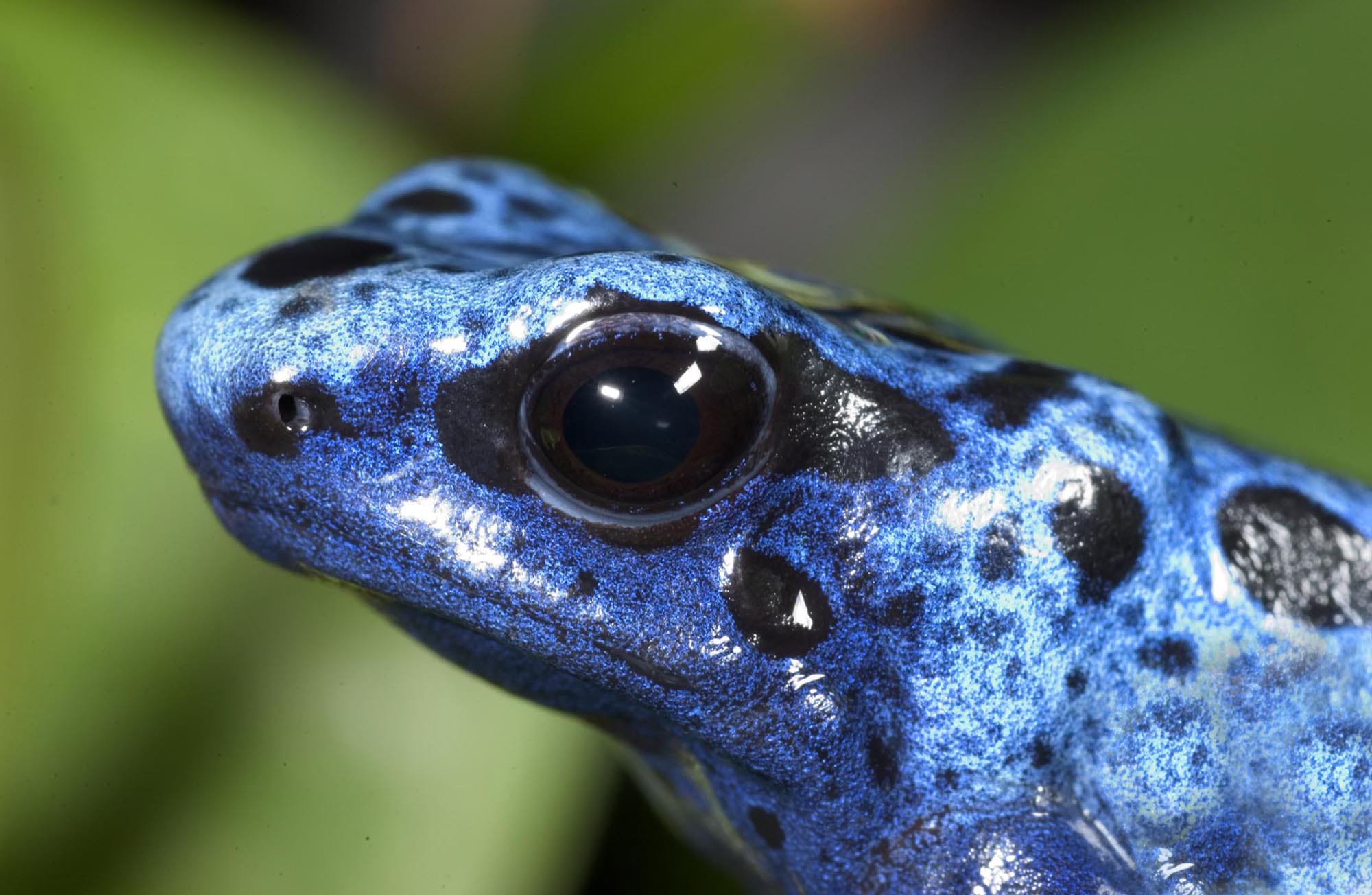In the “best dads” competition, many of the top finalists are fish. Males are solo caregivers about nine times as often as females. In fact, demonstrated prowess as a dad is something many fish females seem to find irresistible.
Male sand gobies, for example, build and defend nests. Females like to spawn with males guarding a nest that already has other eggs in it. “Caring males become even more attractive,” says Lotta Kvarnemo of Sweden’s University of Gothenburg.
Pipefish and seahorse dads take fatherhood to a new level: Males get pregnant. In the broad-nosed pipefish, Syngnathus typhle, the male has a brood pouch on his tail, where he carries the developing embryos.
When they mate, the male and female broad-nosed pipefish “fiddle a lot,” says Kvarnemo, swimming up and down together as if dancing. The courtship lasts half an hour, an hour, or even longer. “I think one reason it takes so long is that their genital openings have to meet,” says Kavernemo. “Since fish have no hands, this is not a trivial task for them!”
When they are finally ready, the female transfers her eggs into the male brood pouch as the duo swims upward. Afterward, “they have a little break while he starts to sink down and begins to shake his body, presumably shaking the eggs into the bottom of the pouch,” Kavernemo says. This may be when the male fertilizes the eggs, but the precise moment of fertilization is still something of a mystery.
The pouch is richly supplied with the father’s blood vessels, which provide oxygen, remove carbon dioxide and transfer nutrients to the growing embryos. But it’s not always a nurturing relationship. Sometimes that nutrient transfer happens in reverse. Kvarnemo and colleagues discovered this when they fed radioactively labeled amino acids to females, who incorporated those nutrients into their eggs. The females then bred — and some of that radioactively labeled nutrition from the eggs ended up incorporated into the males’ bodies. The experiment explains why only about 80 percent of pipefish eggs typically develop. Dads appear to compensate for the energetic costs of fatherhood by eating some of their own kids.
One of many mysteries in the world of fish fatherhood is why seahorses and pipefish have evolved such elaborate, internalized care. “I would love to know the answer,” says Kvarnemo.
Most frogs, unlike fish, get no care at all from their parents. But poison dart frogs of the neotropical rainforest are a notable exception. In fact, in the Dendrobatidae family, exclusive male care is the ancestral behavior – all of these species today evolved from frogs with great dads. (Care by two parents arose more recently in some species.) Typically in these frogs, females lay eggs on the leaf litter and then males fertilize them and tend to the developing eggs, fending off marauding insects looking for a snack and squirting water over the eggs to prevent dehydration. Later, males use their legs to kick tadpoles up onto their backs, where sticky mucus keeps them in place. Males carry their charges around until depositing them in a pool of water. For some species, these pools are high in the treetops, in the watery wells of plants like bromeliads.
“Most frogs are horrible parents,” says Jason Brown of the City College of New York, one of the scientists who traced the evolution of male care in Dendrobatidae. He was fascinated by the poison dart frogs that he’d reared as pets since his teen-age years and was curious about why tiny frogs in the middle of the rainforest would be such good parents. “It was bewildering that they go through such an effort,” says Brown. Dendrobatid dads check on their charges each day or two, visiting them at their pools.
Brown has observed that in some species in which both parents help raise the young, tadpoles nibble on the legs of the males, which may be telling them, “Hey, dad, I’m hungry.” Given the signal, dad calls for up to an hour, luring the mother in, then courting her in a special way to get her to deposit a food egg into the pool for the kids to eat.
These frog fathers lead colorful lives we’re only beginning to understand. They are just some of the many amazing dads of the wild, including paternal creatures such as owl monkeys, phalaropes and aptly named daddy long legs, that remind us to appreciate our own dads.



